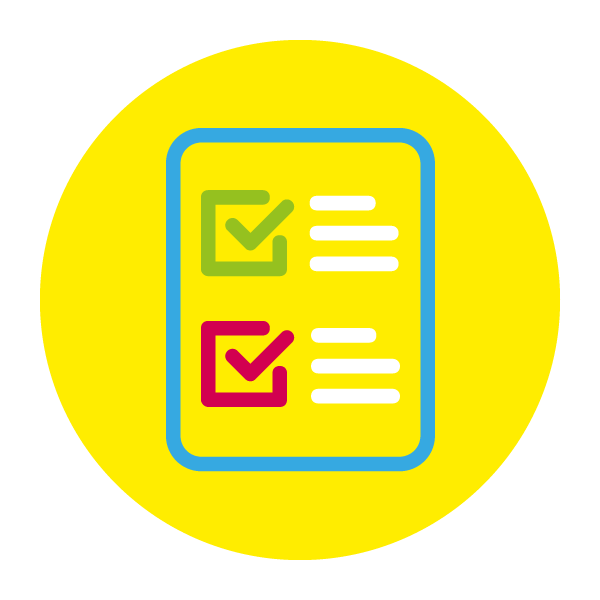Intermediate level guide to analysing hate speech

Acting when witnessing a case of hate speech is an act of civic responsibility as this type of speech has numerous negative effects on both its victims and society as a whole. Nevertheless, the good intentions behind our actions have to be balanced by the manner in which we choose to respond to a specific case of hate speech.
In general, we can say that at the intermediate level there are three main ways to react to hate speech:
- more speech (either by making available new perspectives on the targets of the hate message – alternative narratives - or by challenging the hateful expression – counter narratives);
- censorship (blocking, taking content down or restricting access to content) and,
- seeking legal action against the people engaging in hate speech (by ways of civil, administrative or even criminal law).
Checklist before analysing a case of hate speech
Hate speech can target any social group, but members of the majority population are less vulnerable than potentially marginalised groups who have been exposed to a long history of negative stereotyping, lack of access to services and weak political self-determination.
Determine whether what you came across is really hate-speech?
- Is the speech dehumanising?

- Does it target someone for being part of a particular group?
- Does the speech include communications that foster a climate of prejudice and intolerance?
- Check out what facts are used in the oppressive narrative, for example, historical, cultural, religious or (apparently) scientific
- And, finally (if you are still unsure), ask for a second opinion
Read the intermediate guide on how to analyse a case of hate-speech using the six criteria of the Rabat Action Plan in order to familiarise yourself with the terminology and the steps you will need to follow (in the right column).
Take a moment of reflection to cool off so that you have a clear and unbiased perspective upon the speech you came across.
Afterwards, use the hate-speech calculator in order to:
- Analyse the context of the speech
- Analyse the speaker
- Analyse the intent of the speaker
- Analyse the content and form of the speech
- Determine the reach of the hate speech
- Determine the likelihood the speech has to generate violent/discriminatory events
Once you answer all the questions, the calculator will suggest a strategy that you could employ based on the severity of the hate-speech you identified and your experience.
At this point, you should either take no action, engage in counter discourse, start developing an alternative narrative campaign, take the content down, or seek civil or administrative action against the speaker.
Other things you could do
- Check the hate-speech legislation in your country
- Use the human rights-based narrative tool to ensure your response is sensitive, informative and human rights compliant
- Use the communication tool in order to learn how to run a successful campaign
- Ask yourself whether there is a danger of inflaming passions and incitement to violence
- Support people who are targets of hate-speech
- Ask yourself whether your response is sensitive to your audiences and the group(s) targeted by the speech
- And finally, always remember that our rights of freedom of speech, and protection from discrimination should always be protected equally.
This tool to analyse hate speech was prepared by ActiveWatch
